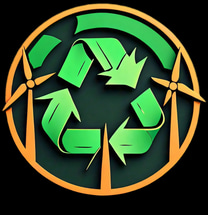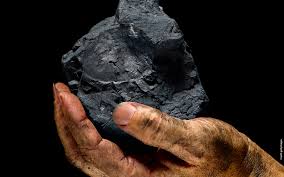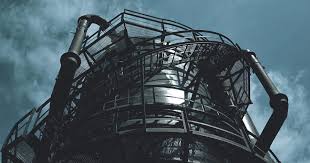KNOW THE PROCESS
Transforming plastic waste into clean energy through innovative pyrolysis technology.
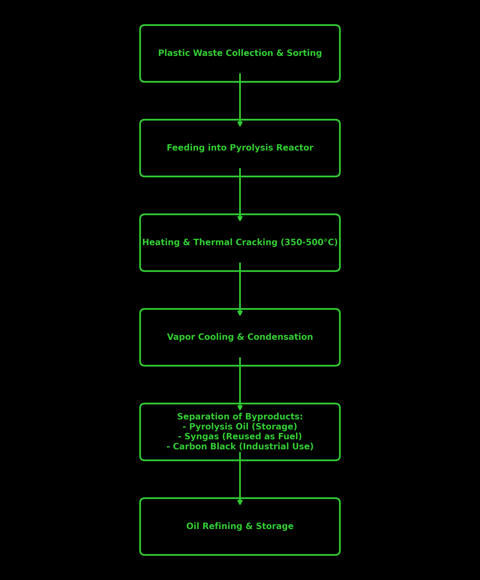

PROCESS FLOW CHART


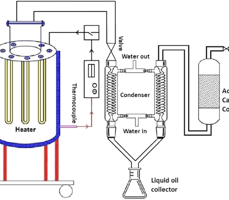

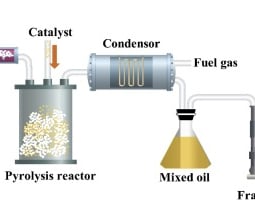

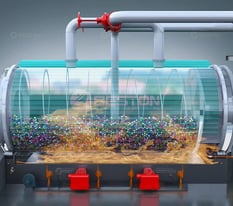



STORAGE AND SUPPLY
PRODUCTS
CRACKING AND HEATING
REACTOR
WASTE COLLECTION
FAQ
Turning plastic waste into clean energy through innovative pyrolysis technology.
1. What is the pyrolysis plastic process?
The pyrolysis plastic process is a chemical recycling method that converts waste plastic into valuable fuels, such as pyrolysis oil, gas, and carbon black, by heating it in an oxygen-free environment.
2. What types of plastics can be used in pyrolysis?
Plastics such as Polyethylene (PE), Polypropylene (PP), and Polystyrene (PS) are suitable for pyrolysis. However, PVC (Polyvinyl Chloride) and PET (Polyethylene Terephthalate) are not ideal due to chlorine and oxygen content, which can create harmful emissions.
3. What are the end products of plastic pyrolysis?
The primary products of pyrolysis include:
Pyrolysis Oil (used as industrial fuel or further refined into diesel)
Pyrolysis Gas (used for energy generation in the process)
Carbon Black (used in rubber and ink manufacturing)
4. How does pyrolysis differ from traditional plastic recycling?
Unlike mechanical recycling, which only processes clean and sorted plastics, pyrolysis can handle mixed and contaminated plastics. It also breaks down plastic at a molecular level, converting it into fuel instead of reshaping it into new plastic products.
5. Is the pyrolysis process environmentally friendly?
Yes, pyrolysis significantly reduces plastic waste in landfills and the environment. However, proper emissions control is necessary to prevent air pollution from volatile gases.
6. How much energy is required for the process?
The energy requirement varies based on the scale and efficiency of the plant. Some pyrolysis setups use syngas (produced during the process) to fuel the system, reducing external energy needs.
7. What are the main challenges of pyrolysis plastic processing?
Feedstock Quality: Mixed or contaminated plastics can affect efficiency.
Operational Costs: High initial setup costs for pyrolysis plants.
Emission Control: Need for proper gas treatment to meet environmental regulations.
8. Can pyrolysis oil be used directly as fuel?
Yes, but it is mainly used in industrial burners and power plants. For use in vehicles, further refining is required to meet fuel quality standards.
9. How long does the pyrolysis process take?
The process duration depends on the scale of the plant, but typically, batch processing takes 6-8 hours, while continuous systems operate 24/7.
10. What is the economic viability of pyrolysis plants?
The profitability depends on factors such as waste plastic availability, oil prices, and government incentives. Many industries invest in pyrolysis as a sustainable business model due to growing environmental concerns.
